The Magic of Pikliz in Haitian Meals
11 min read Discover the vibrant and tangy role of Pikliz in enhancing Haitian dishes with flavor and tradition. July 28, 2025 09:05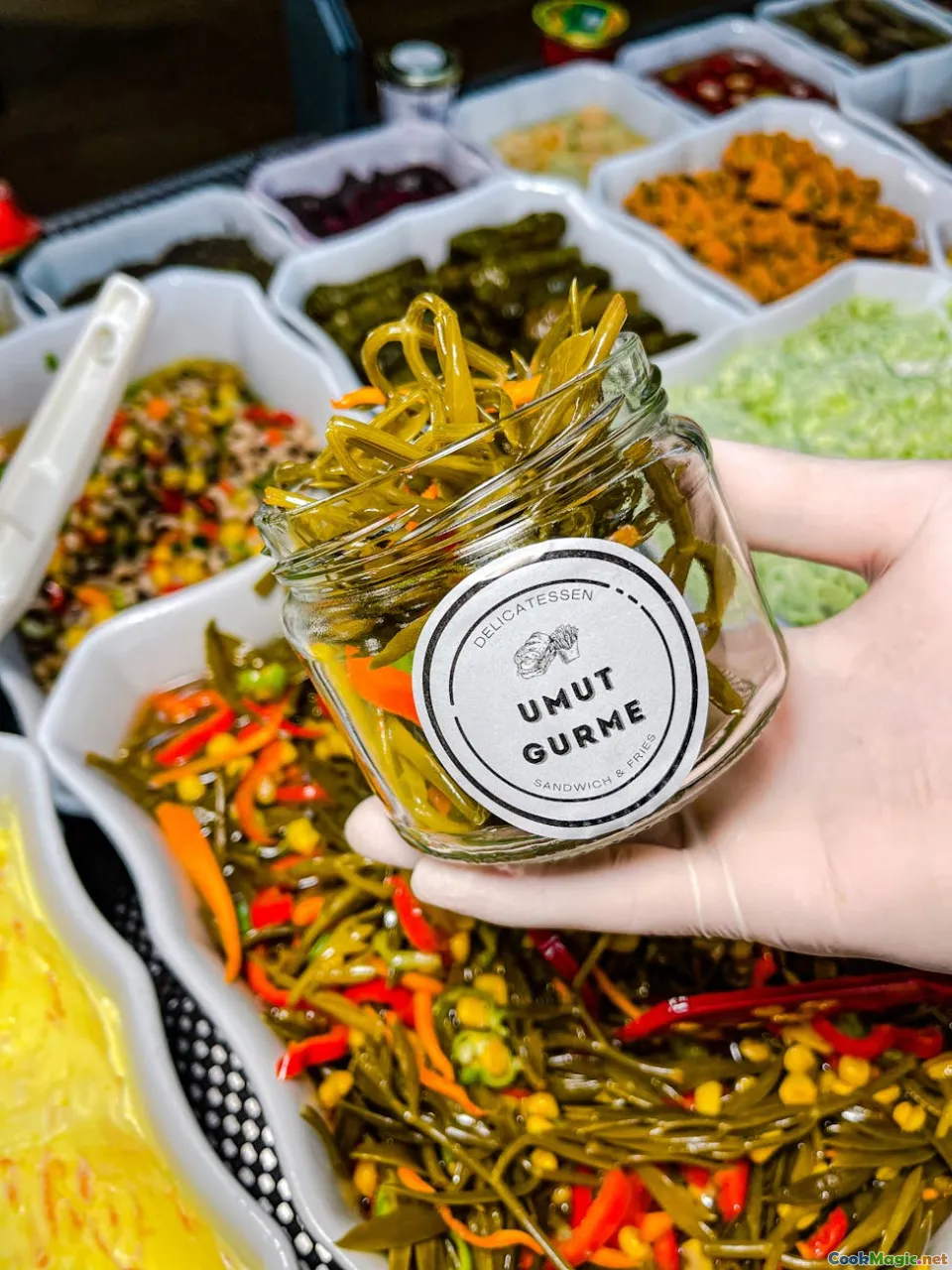
The Magic of Pikliz in Haitian Meals
There’s a dish so vibrant, so bursting with life that it encapsulates the very soul of Haiti — that is pikliz. This fiery, tangy condiment does more than just complement Haitian cuisine; it embodies a history, a resilience, and a culture that refuses to be silenced. As a culinary writer who has spent years exploring flavors from around the globe, I find that no element in Haitian cooking is as emblematic as pikliz. Once you encounter its sharp zing and crisp textures, it’s impossible to forget.
In this exploration, we’ll delve into the rich tapestry of pikliz — its historical roots, the sensory magic it weaves into Haitian dishes, and practical tips to bring this fiery elixir alive in your own kitchen. Prepare to experience Haiti’s culinary heartbeat in every mouthful.
The Cultural Roots and Historical Significance of Pikliz

Pikliz isn’t just a condiment; it’s a reflection of Haiti’s history and resilience. Traditionally, this fiery mixture grew out of necessity — a way to preserve vegetables during the long, hot months. Rooted in the broader Caribbean penchant for pickling, pikliz gained its distinctive identity through Haitian ingenuity.
Historically, Pikliz made from cabbage, carrots, and peppers, infused with vinegar and lime, was a practical solution for preserving local produce far from modern refrigeration. Over generations, it evolved into an essential element of Haitian meals, woven into the fabric of social and familial gatherings, from celebratory feasts to everyday dinners.
Personal stories from Haitian elders often recount how pikliz was passed down through families, each adding their signature touch. It’s a condiment so embedded in tradition it carries the aromas and stories of a culture that has endured adversity with fiery spirit and unbreakable hope.
What Makes Pikliz Truly Magical?
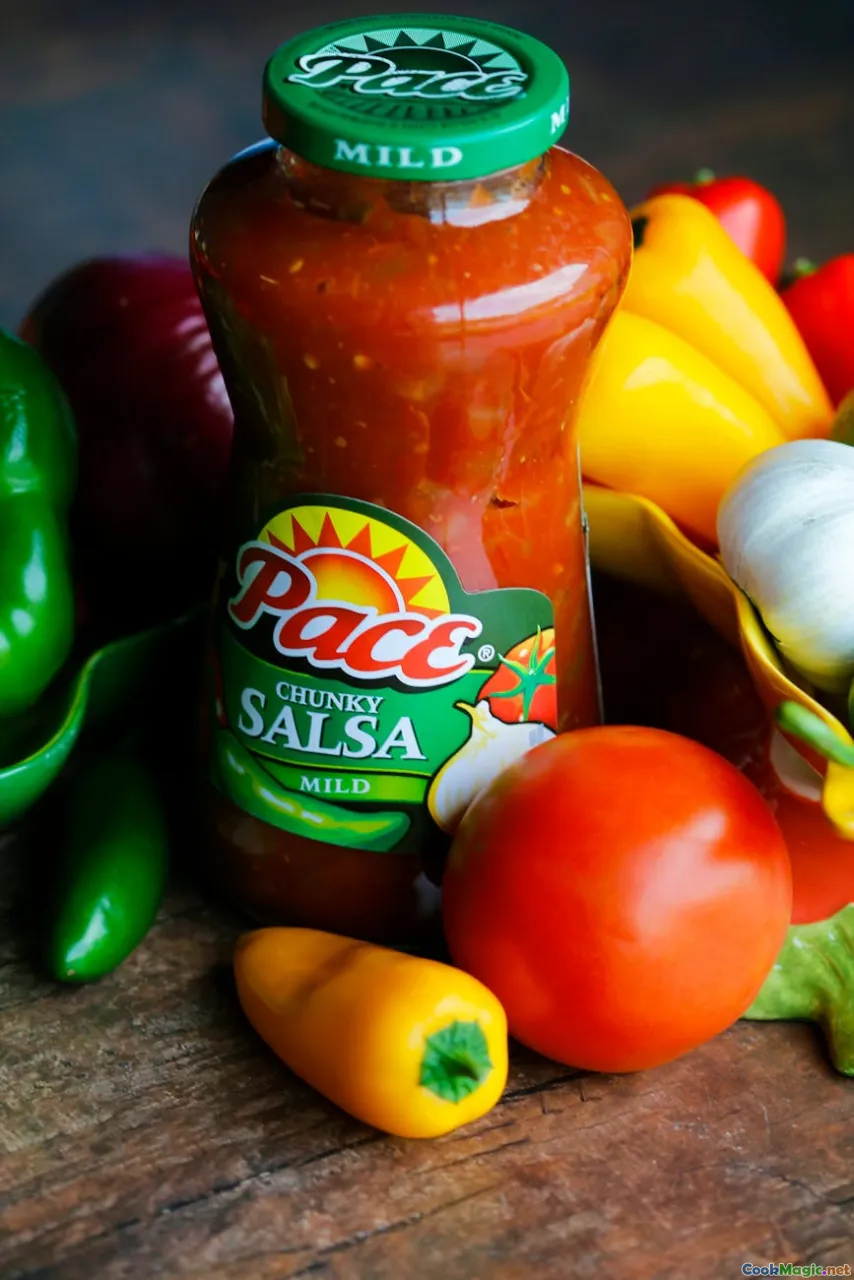
At first glance, pikliz may appear simple: shredded cabbage, grated carrots, bits of bell peppers or Scotch bonnet peppers, submerged in a tangy vinegar brine. But the magic lies in the sensory symphony: the crisp crunch of fresh vegetables, the savage heat of Scotch bonnet peppers, and the bright acidity that cuts through richness.
Taste-wise, pikliz balances a symphony of flavors—sharp acidity, fiery spice, and a subtle sweetness from the carrots. Its crunch offers an invigorating texture contrasts, transforming any dish into a lively experience.
Visual allure is equally compelling. Flecks of red chili flakes, orange carrot ribbons, and pale green cabbage create a mosaic of colors that evoke a tropical garden in vibrant motion.
The emotional charge of pikliz cannot be overstated. It symbolizes resilience, community, and celebration — a condiment that elevates the simplest plate to something memorable.
How to Make Authentic Pikliz at Home
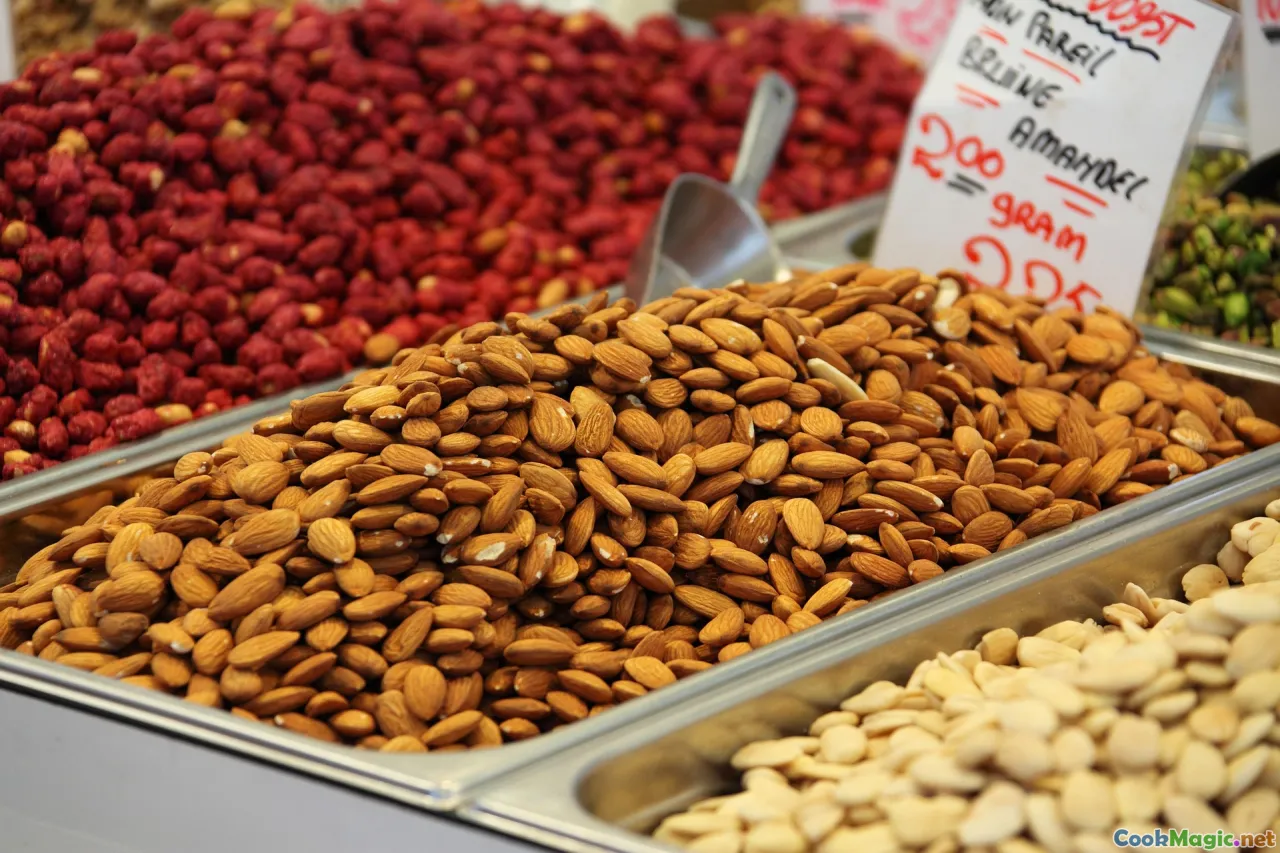
Creating traditional Pikliz isn’t difficult, but it requires patience and attention to detail. Here’s an authentic recipe to bring a taste of Haiti into your kitchen:
Ingredients:
- 2 cups green cabbage, shredded
- 1 cup carrots, grated
- 1/2 cup onions, sliced thin
- 3-4 Scotch bonnet or habanero peppers, sliced (adjust to heat preference)
- 1 bell pepper, sliced (yellow or red for color)
- 3 cloves garlic, minced
- 1/4 cup apple cider vinegar or white vinegar
- 1 lime, juiced
- 1 teaspoon salt
- 1 teaspoon black peppercorns
- 1 teaspoon sugar (optional)
- 1/2 teaspoon dried oregano (optional)
Instructions:
- Prepare the Vegetables: Rinse all vegetables thoroughly. Shred the cabbage finely, grate the carrots, and slice the onions and peppers.
- Combine the Ingredients: In a large jar or bowl, mix the shredded cabbage, grated carrots, sliced onions, peppers, and garlic.
- Create the Pickling Brine: In a separate bowl, whisk together vinegar, lime juice, salt, black pepper, and optional sugar and oregano.
- Marinate: Pour the brine over the vegetables, stirring well to ensure everything is coated evenly.
- Rest and Store: Cover and let sit in the refrigerator for at least 24 hours before serving. The acidity marries the flavors, and the longer it sits, the more pronounced the flavor.
Tip: For an extra depth, add a splash of hot sauce or a few slices of ginger during marination.
Serving Suggestions:
Serve pikliz alongside fried plantains, grilled fish, fried chicken, or hearty meat stews. Its fiery tang cuts through the richness, balancing every bite and elevating each dish with bright, punchy notes.
Pikliz in Traditional Haitian Dishes

In Haitian cuisine, pikliz feels like a culinary shorthand for celebration and comfort. It’s an essential partner for classic dishes like griot (fried pork shoulder) and marinad (spicy fritters), amplifying their bold flavors.
Griot et Pikliz
A Haitian favorite, griot, involves marinated pork chunks, fried golden and crispy on the outside, tender inside. Served alongside a heap of pikliz, every bite introduces an exciting contrast: the crispy richness married with acidity and heat, turning simple pork into a festive feast.
Marinad with Pikliz
This cheesy, spicy fritter paired with pikliz creates a textural and flavor adventure. The crunchy exterior, savory interior, and fiery pickle provide a delightful spectrum that’s hard to beat.
Whole Days of Jolopy
During emotional gatherings or street festivals, you’ll find vendors offering dishes topped with heaps of pikliz—each bite infused with warmth, tradition, and joyful rebellion.
Tips for Pairing and Serving Pikliz
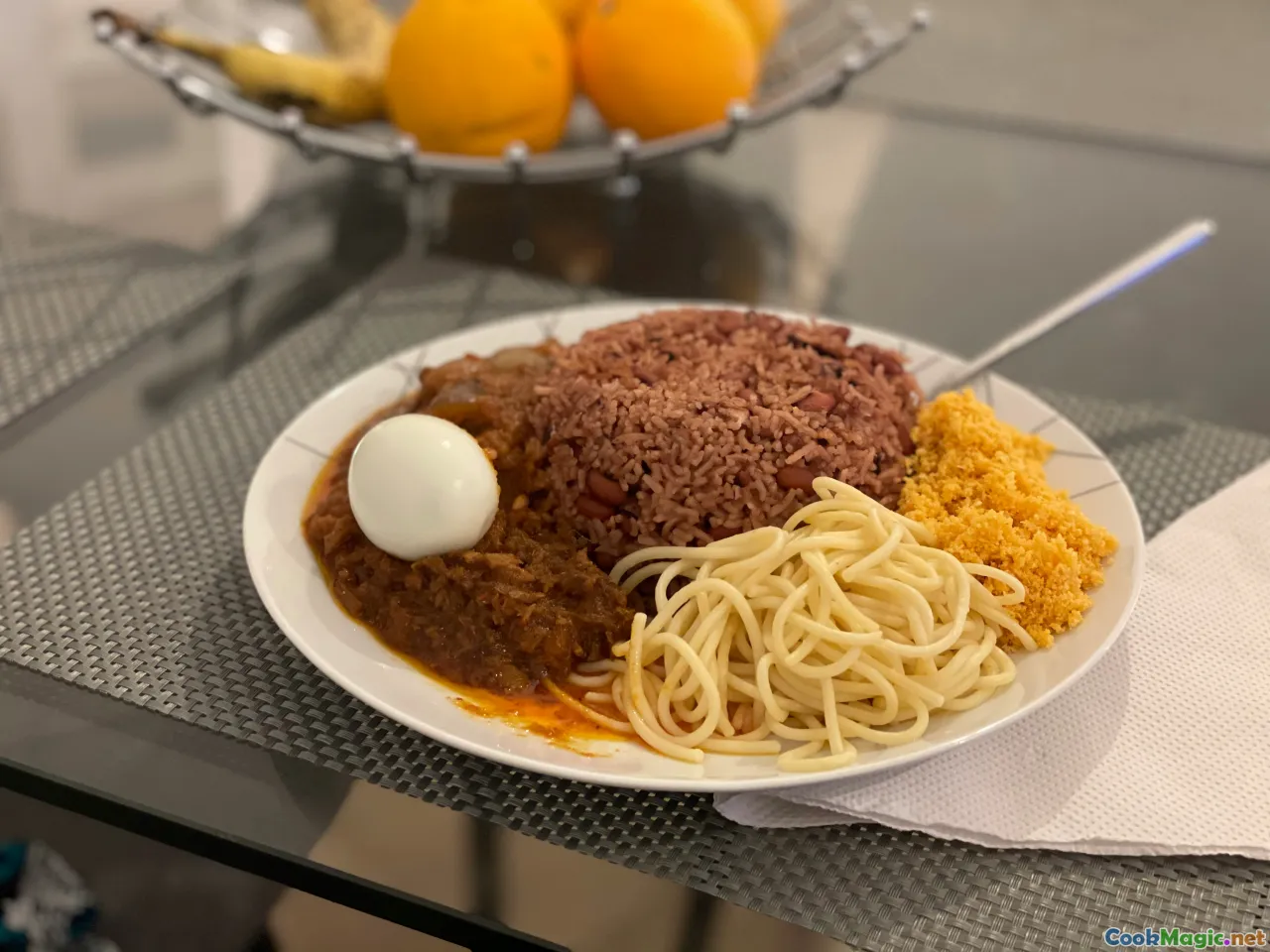
- Balance the heat: Use dollops of pikliz to temper sweeter or milder dishes. It’s like a spicy bright note in a symphony.
- Enhance with rice and beans: The acidity lifts the richness of traditional Haitian rice and beans.
- Complement seafood: Pikliz’s sharpness pairs beautifully with grilled shrimp or roasted fish.
- Use as a condiment for sandwiches: Add a spoonful in a Haitian-style fried fish sandwich or poulet bouche for a fiery twist.
- Experiment with fusion: Try a scoop atop grilled vegetables or even in wraps to add authentic Haitian flair.
Remember, serving Pikliz is always about creating contrast—fire against comfort, crunch against softness, heat against coolness.
Personal Insights and Emotional Connection
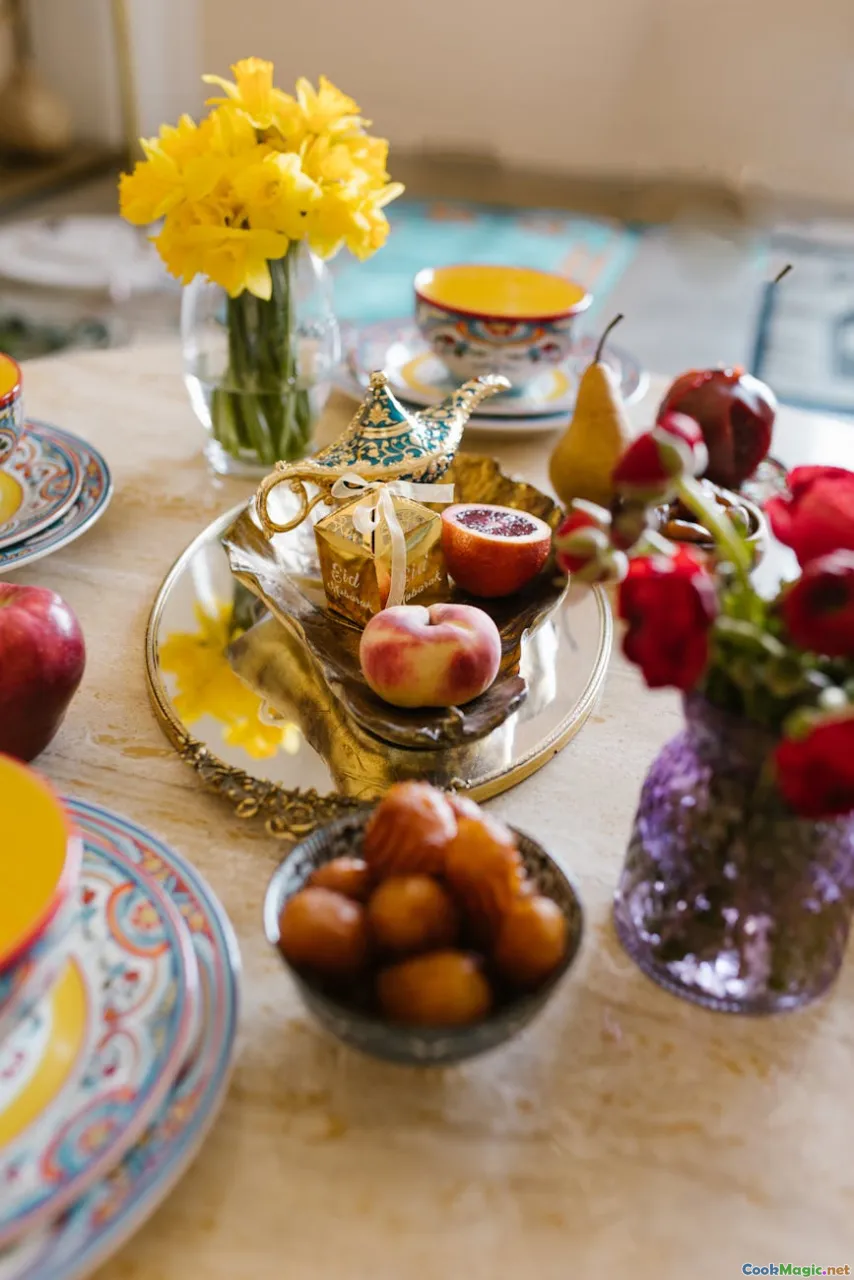
Having traveled through Port-au-Prince’s bustling markets and sat with families during haitian celebrations, I’ve come to see Pikliz as more than just a condiment. It’s a vessel of history, a symbol of resilience. The fiery crunch energizes gatherings, turning meals into shared memories.
Couples swirl Pikliz into their rice dishes, elders recount tales with a spoonful on their tongue, and children chew quietly on spicy peppers, daring each other into tasting the heat. Each experience reveals how Pikliz binds a community — a bright, fiery thread woven into everyday life.
In our pursuit of global flavors, Pikliz reminds us that sometimes, the simplest ingredients—cabbage, peppers, vinegar—crafted with love and tradition, create something truly magical.
Final Thoughts: Embark on Your Pikliz Journey
Imagine opening a jar of homemade Pikliz — its aroma immediately transporting you to a Haitian bustling street corner, where the air is thick with spices and laughter. Its fiery punch can brighten a bland plate or elevate a festive table. Making Pikliz at home is akin to unlocking a secret treasure — one that connects you to the Caribbean’s colorful, resilient spirit.
So gather your ingredients, sharpen your knives, and prepare to introduce your palate to a condiment that’s deeply rooted in history and bursting with life. Whether it’s a simple meal or a gathering of friends, Pikliz is your fiery passport to Haitian culture, a taste that sparks joy and soulfulness in every bite.









